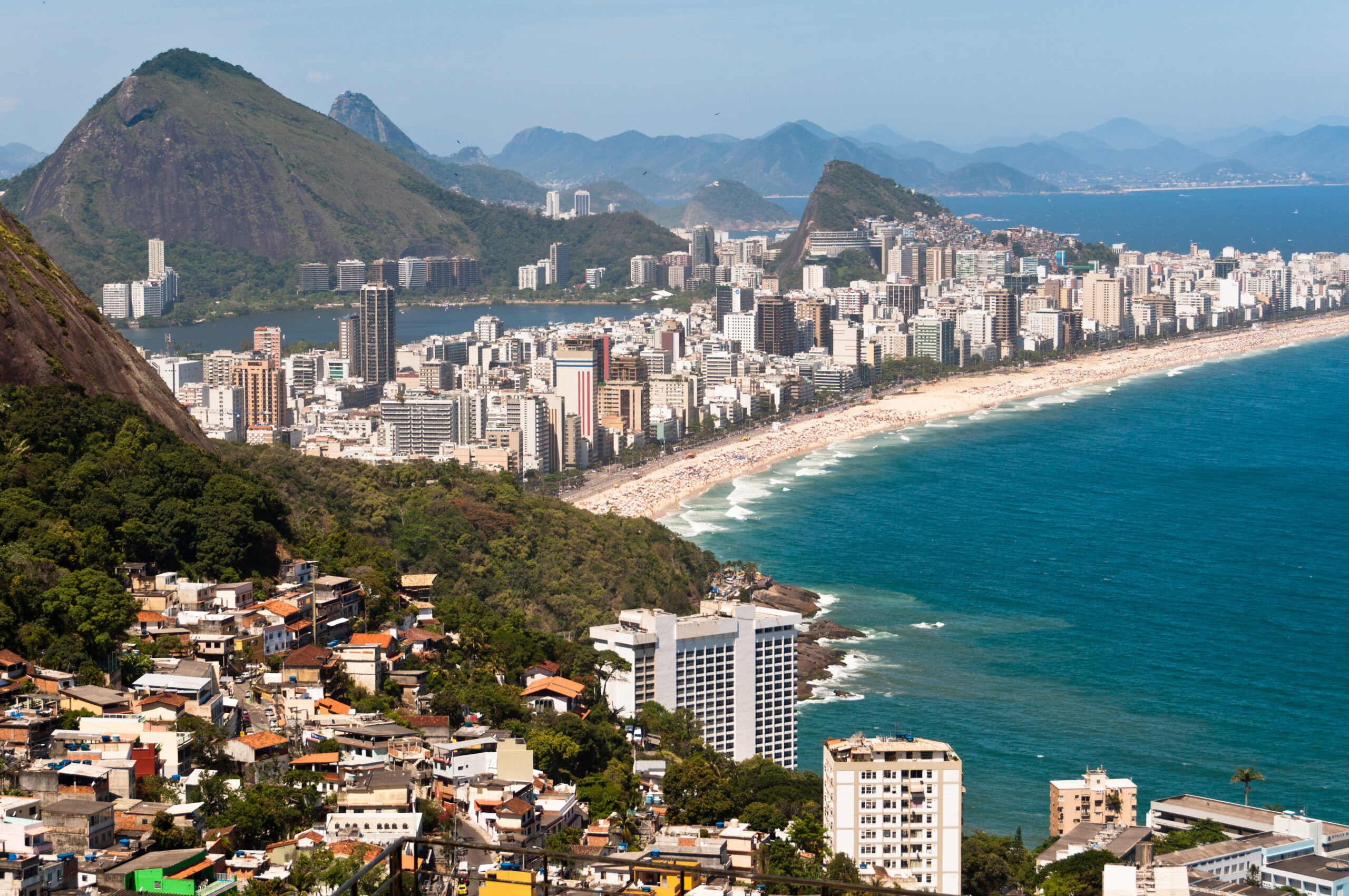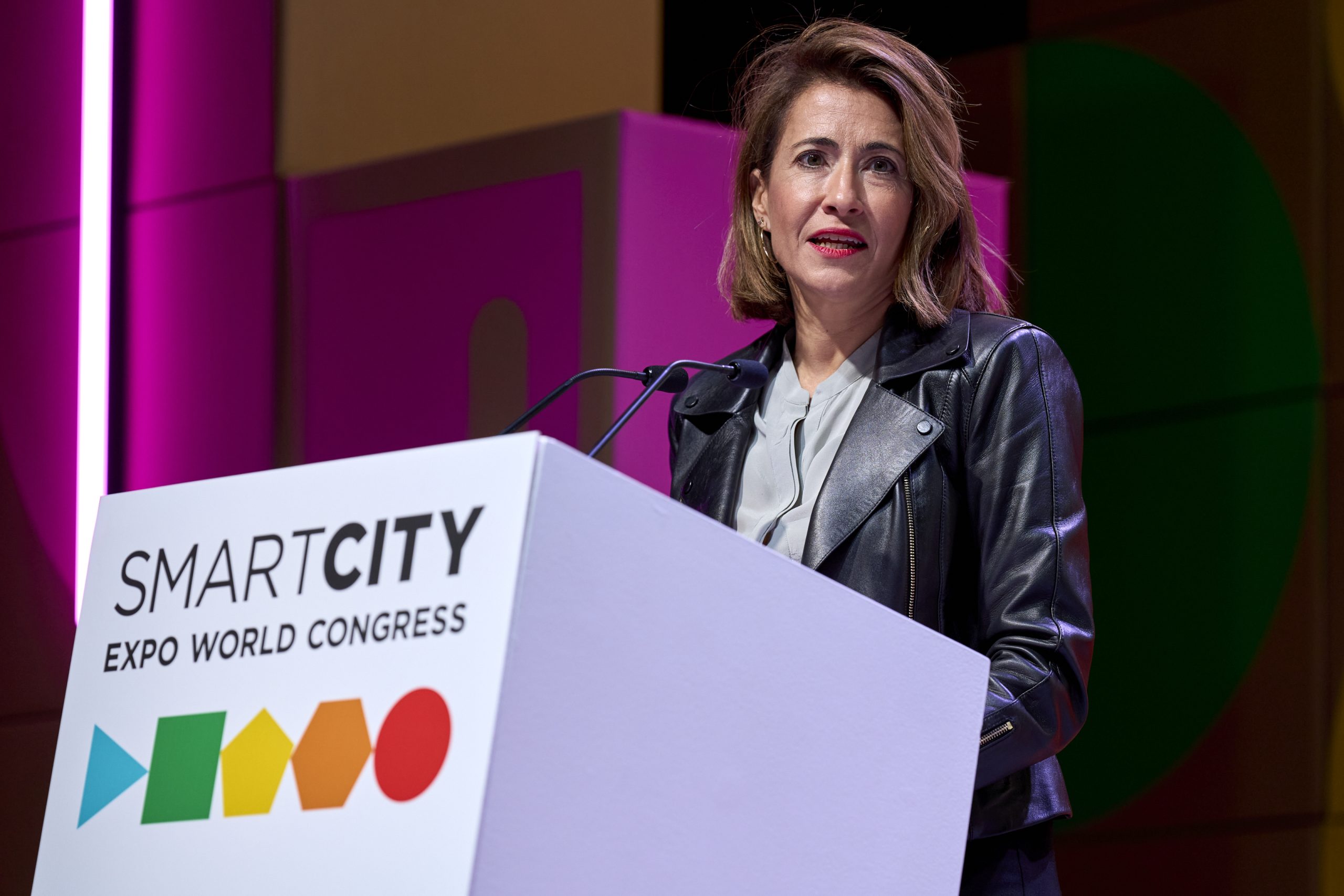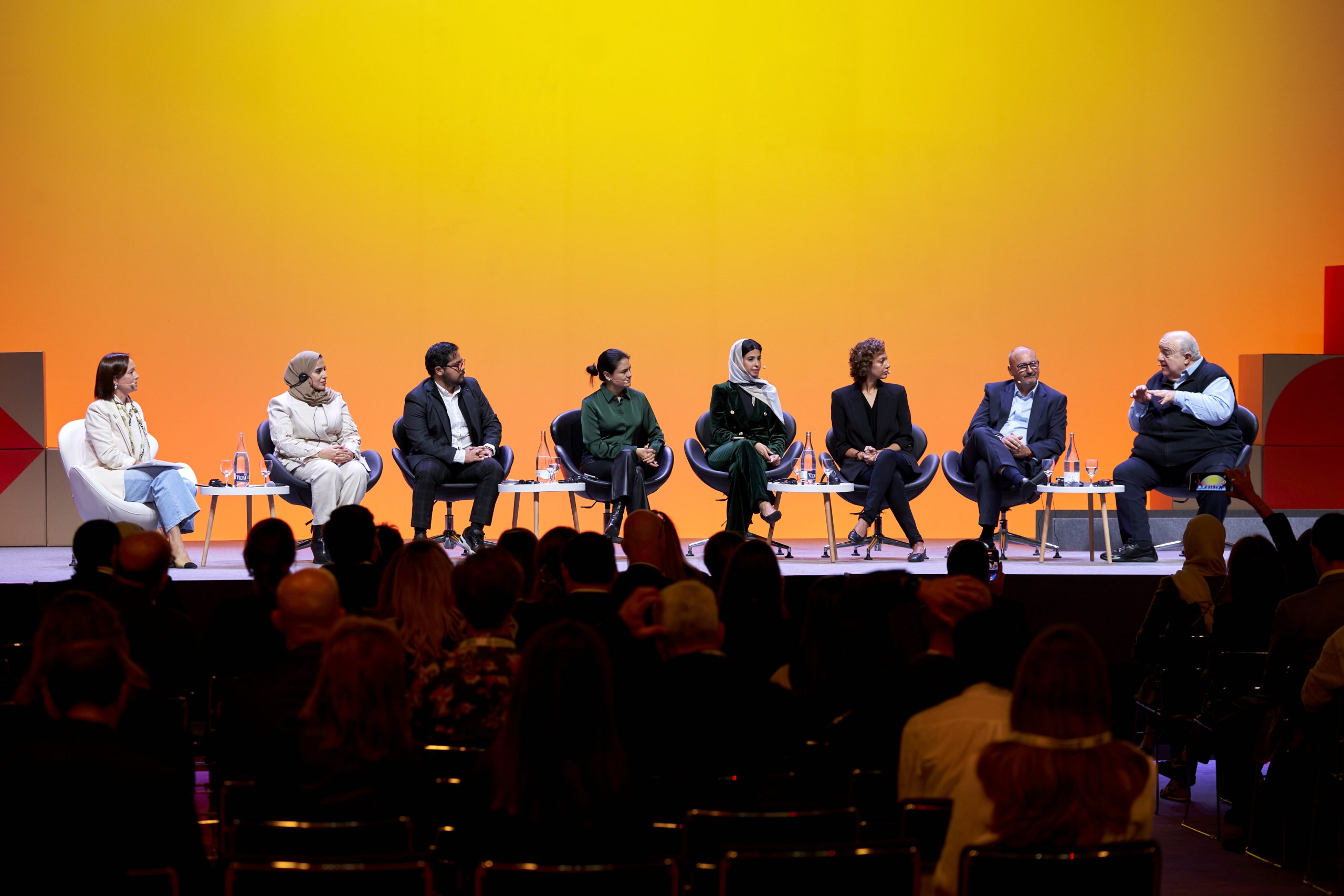This is a guest post written by Daniela Hirsch for Bright Cities.
While Rio de Janeiro lost its position as the capital of Brazil in the 1960s, Singapore was preparing for its independence from the British Empire. Since then, the two coastal cities – in fact, Singapore is an island – have sought different paths to modernize. But the population of both had the same desire: quality of life and everything that this expression carries.
Considered one of the Asian tigers in the following decade, Singapore jumped from poverty to prosperity, thanks mainly to the policy of economic opening and incentives for foreign investment. In parallel, the government of this city-state (a status that made its choices too easy, as it works as an independent country with autonomous government) invested heavily in high-level public education and housing policy, guaranteeing home ownership for the vast majority of the population.
At the same time, on the shores of the Atlantic Ocean, Rio de Janeiro felt the difficulties of having an economy closed to multinationals and the consequences of the country’s housing and educational deficits. The disorderly growth of the Brazilian city climbed hills with irregular constructions that are often vulnerable to heavy rains. Urban mobility quickly became a problem and its residents sought to survive in a splendid natural setting, but with a deficient basic infrastructure.
At the turn of the 20th to the 21st century, Singapore already pointed out as a promising candidate to become a smart city. As an example, in 2000 it reached the universalization of water and sewage services. However, 13.7% of Rio’s population still does not have access to sewage collection, according to data from 2019.

In 2018, with 5.6 million inhabitants, Singapore had a GDP per capita of US$ 66,000. In that year, Rio de Janeiro, with almost 6.7 million inhabitants, had a GDP per capita of US$ 14,000. This large variation reflects not only a difference in people’s economic power, but also in productivity, which is related both to employment and to basic services – including health, education, housing, urban mobility, among others.
“From the perspective of smart cities, when we look at Singapore and Rio de Janeiro, instead of comparing them, we must understand that both have something to improve and upgrade, thinking about the quality of life of their residents. The industrial era transformed cities in the 19th and 20th centuries. But it is technology that will enable innovative and viable solutions in the 21st century”, analyzes Raquel Cardamone, CEO of Bright Cities, a startup that brings together, analyzes and connects data (more than 160 indicators) to make diagnoses of cities of any size around the world and, based on the results, provides a roadmap for action with priorities and proven solutions.
“Both Singapore and Rio de Janeiro understand that incorporating sustainable development practices to face urban challenges necessarily involves investments in technology to review and improve processes”, adds Raquel.
Lessons from the tiger
Singapore currently collects benchmark solutions in different sectors of public services, which place it at the top of smart cities rankings. With so much money coming in there, its governors quickly realized that technology would be a very strong ally in this incessant search for alternatives to solve problems and improve people’s lives.
And these solutions are not always linked to large investments. In many of them, the Singapore public managers combine good ideas with the participation of citizens as co-creators of successful implementations. Among the new developments Singapore put into practice in the last two years are the myResponser and Moments of Life apps. The myResponser app registers volunteer citizens who have knowledge of first aid techniques. In emergency situations involving human lives, nearby volunteers are notified to help. In the first months of operation, the application already had more than 14,000 subscribers. This engagement of the population encourages counterparts from the government. The Moments of Life app is a grat example: it streamlines bureaucratic services in the main events of a citizen’s life, such as birth registration, marriage certificate and even death notification.
Ideas like these can be applied in countless cities around the world, which is why Bright Cities concentrates these city solutions in its portfolio of viable suggestions, which showed their efficiency and benefits. Based on these insights, implementation strategies and priorities are drawn up, according to the reality of the city.

The turn of the birthplace of samba
Rio de Janeiro was visited by Pope Francisco in 2013, hosted World Cup games in 2014 and the Olympics in 2016. But before these events with international visibility and which required strong logistical and urban control, let’s go back to 2010. On April 5, 2010 there was a torrential rain in the capital of Rio de Janeiro. Ironically, this date became the seed of a world reference project, the Rio Operations Center (COR). In that time the mayor wanted to integrate the actions of various public bodies, so the idea of the operations center emerged, focusing on emergency actions to help citizens.
“When we started to develop the structure of COR, we soon realized that it could be so much more. It would be a center for integrated urban operations and, upon understanding the behavior of the city, it would start to act with a broader and more connected view of public policies”, explains Alexandre Cardeman, special advisor to COR. And it actually happened. Data was collected from various entities and many actions were monitored, with greater assertiveness regarding problems and their causes. Then, the city was better prepared to host international events, and it received world-renowned awards for its implemented solutions.
Like Singapore, in 2018 Rio de Janeiro also started to call citizens to participate in the construction of alternatives in order to increase the quality of life in the city. With the radar focused on the infinite technological possibilities, the COR created its first challenge with a focus on smart cities, to reduce the problems arising from flooding. Startups signed up with viable ideas and one of the selected proposed the installation of sensors on poles to measure the height of the water layer on the street. With this simple, real-time measurement, it was possible to divert traffic or prevent walking people from passing by. In a later stage, rain gauges were installed to reinforce data and indicate the volume of rain at the site to know the runoff time, among other data. After this challenge, others were also successfully implemented.

The COR currently has a structure that includes 500 professionals working in different shifts, 24 hours a day, more than 800 cameras and more than 880 recorded occurrences per month. COR’s innovation ecosystem contains 70 partners from the public and private sectors. “The efficiency of our actions and partnerships makes the COR a solid institution, capable of continuing its programs regardless of government changes,” says Cardeman. And this constant work is confirmed by the more than 1.3 million followers on their social networks, who benefit from these services too.
Singapore and Rio de Janeiro, like thousands of cities around the world, are capable of creating and implementing alternatives, exploring innovation and technology to improve the delivery of public services and, consequently, the lives of their citizens. In our view, collaboration between cities is more valuable than comparisons, but it is worth reflecting on the importance of having a continuous and integrated process in search of viable solutions in all spheres of public administration that manages a city.
Singapore never lost sight of that; its educational indexes, as well in the areas of health, mobility and many others, reflect this consistent path. Residents and visitors of Rio de Janeiro clearly notice that the lack of investment in other public sectors prevents the city from improving under the banner of smart cities. The COR alone does not make a summer, not even in one of the most naturally beautiful tropical cities in the world.
Education, health, employment
Checking some of the +160 indicators provided by Bright Cities’s platform, it’s interesting to note that there is almost no difference between Singapore and Rio in terms of education – even in the number of people with higher education. However, we should take into account that these education indicators refer to quantity, not quality. When it comes to health, figures show that the Asian city has better infrastructure (i.e. number of beds), but there is no major difference regarding the number of doctors.
In Rio, the unemployment rate is high, and this is also reflected in the employment/housing ratio, which is low compared to Singapore. At the same time, the number of companies (including startups) weighted by the number of inhabitants is much lower in the Brazilian metropolis, even with Rio having recently made significant progress in simplifying business opening.

Bonus track: A conversation with Bruno Ramos, CEO of the Rio Operations Center (COR)

About the impacts of discontinuing public administrations on the path to becoming a smart city
Change in management has its challenges, which start with the transition between governments, but in general it is important to shed light on problems and points of attention of public institutions. This new look at the agency is positive for both the improvement and improvement of projects. Furthermore, we believe that there are ways to avoid this discontinuity, such as the institutionalization of partnership. One example is technical agreements to foster the creative economy, with renowned institutions, universities, startups, innovative companies, thus creating a self-sustainable ecosystem that presents solid results capable of overcoming any change in management.
In the case of the COR, the very concept of smart city to which the agency is inserted also allows the continuity of its proposal, without harming urban operation. We work based on protocols that help decision-making, and we go further, seeking to further improve these protocols for an increasingly fast and assertive response. In addition, we have qualified and experienced technical teams from various public agencies, most of whom are career servants. Since we arrived, we have not discontinued projects, on the contrary, we renewed and sought new partnerships. In the first quarter alone, we signed seven partnerships that benefited the Cariocas, at no cost to the municipality, allowing for advances in the areas of monitoring, technology and innovation, and communication. Right at the beginning of the administration, we resumed the crisis office, with the mobilization of the secretariat to act in emergency situations and in support of preventive actions against the impacts of heavy rains.
About technology and partnerships with small businesses to deploy smart solutions
Without a doubt, technology drives partnerships with small businesses, with intelligent and innovative solutions for certain types of demand. We have a recent example of this type of partnership, which is the one we signed with startup Noah. The agreement allows the monitoring of flooded areas, using an intelligent sensor on roads. The objective of is to minimize the impacts of rain, always within the agency’s proposal to invest more and more in technology, highlighting Rio as a smart city and meeting the demand of the population.
Another outstanding partnership was signed with SurfConnect, which allowed the sharing of cameras exclusive to the Rio de Janeiro coastline, for observation and response to impacts caused by rain and surf. It is worth noting that even in times of financial difficulties, aggravated by the Covid-19 pandemic, we are managing, with good management and creativity, to expand the monitoring and communication of occurrences of impacts to the Cariocas through these partnerships.
The COR has an open innovation program that is a pioneer in this segment of urban command and control centers in Brazil. In the main project of this program, Desafio COR, we present problems we have to improve our performance in the integrated management of the city’s operations and we select startups to develop solutions to these challenges. The best solutions are integrated into our operations and receive technical certificates from COR. We have already carried out two editions of the COR Challenge, with around 30 participating startups and three solutions that have already been certified. In addition to being a space to manage city operations, we want to transform our control room into a platform for creating solutions for smart cities as well, and we are actively seeking partners to participate in this innovation journey with us.
About the COR challenges
Our main frontier is the investment in artificial intelligence and the Internet of Things, so that we can be more and more predictive, anticipating events and minimizing the impacts on the daily life of mobility in Rio.We are going to work to retake Rio de Janeiro’s leading role in the smart cities scenario, recovering many of these initiatives and investing in new indicators and targets included in the city’s strategic planning and following international standards. Our goal is to see Rio occupying the prominent position in the national and international scenario in the ranking of smart cities. This will directly impact the lives of cariocas, with better services and quality of life.






















































